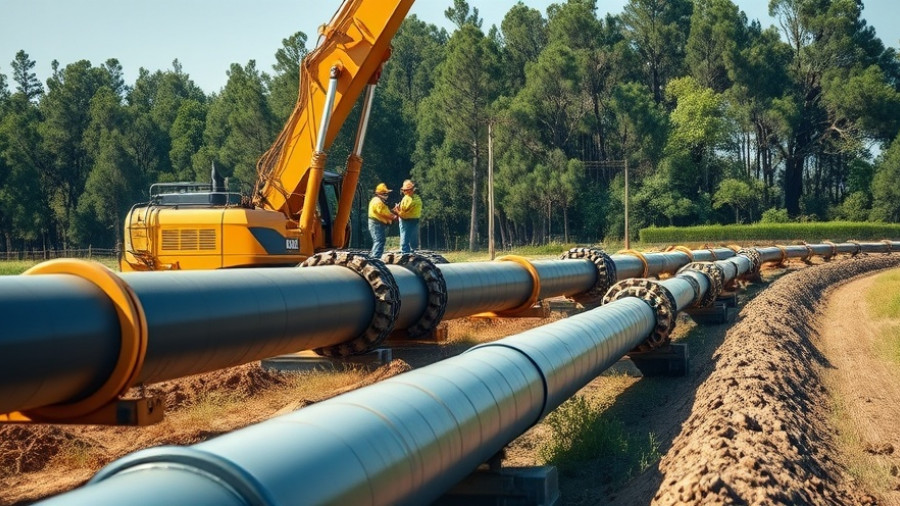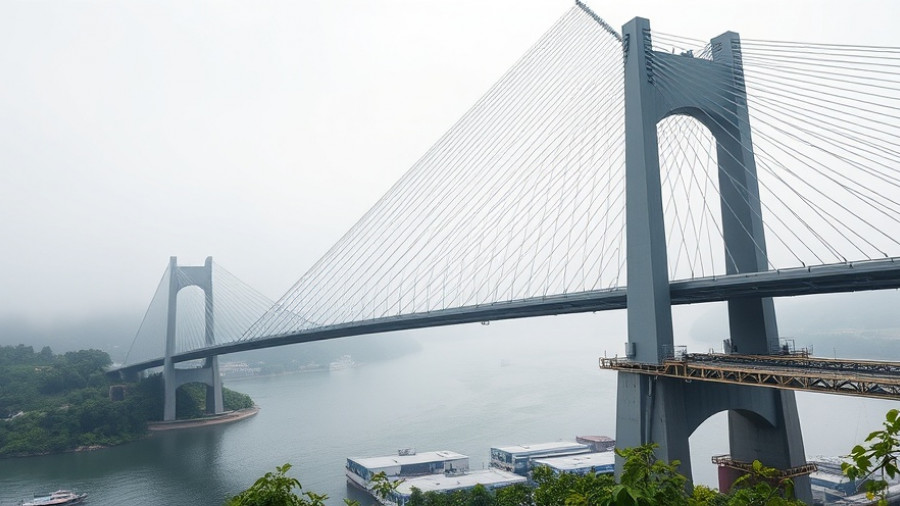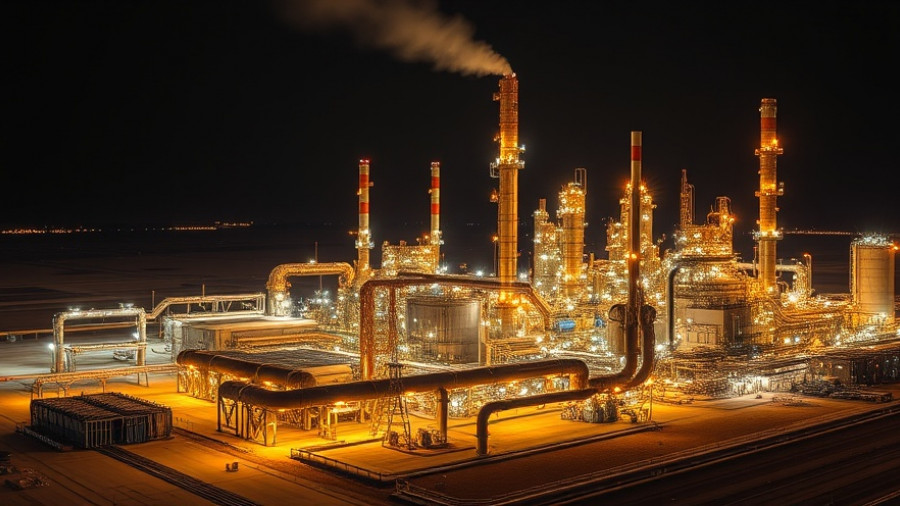
A Disruption in Funding: What Happened?
In a surprising turn of events, the Massachusetts Department of Transportation (MassDOT) has rescinded a substantial $327 million grant. This decision stems from the aftermath of the recently dubbed "Big Beautiful Bill," a sweeping legislative measure that was expected to infuse investment into transportation projects throughout the state. While the bill sought to enhance public infrastructure, this cancellation raises questions about fiscal management and prioritization in state projects. Clients within the commercial construction sector should closely monitor how this impacts upcoming projects reliant on state funding.
Understanding the Ripple Effect of Grant Rescinders
The consequences of this rescinded grant are far-reaching, affecting not just potential construction projects, but also the economic stability of affected communities. As commercial construction companies often engage with state grants to enhance efficiency and manage costs, the loss of such funding can lead to project delays, reduced workforce stability, and an increase in material costs.
Moreover, the decision underscores the importance of sustainable planning in construction strategy. With less state funding, companies may need to resort to alternative financing sources, potentially leading to a shift in project scopes and cost management strategies. To make matters worse, construction stakeholders face heightened scrutiny over spending and project timelines, underscoring the need for meticulous project management practices.
The Technological Angle: A Need for Innovation
In light of the funding disruptions, innovative technologies may play a pivotal role in helping construction firms adapt to the changing landscape of project financing. Automation, smart building technologies, and sustainable materials can streamline processes, reduce costs, and improve efficiency—even amidst fiscal uncertainty. Companies willing to embrace these advancements can enhance their competitive edge when traditional funding avenues become unreliable.
Future Trends: What Lies Ahead for Massachusetts' Construction Industry?
As commercial construction companies navigate this challenging political landscape, the focus will need to shift toward developing resilience in project planning. A proactive approach that anticipates funding fluctuations will be vital. Integrating technology and sustainable practices will provide a roadmap for future success.
Additionally, industry players should keep an eye on the proposed legislative changes that may address the transportation funding gap left by the Big Beautiful Bill’s fallout. These discussions could lead to new opportunities for strategic collaborations among public and private sectors, potentially resulting in public-private partnerships that facilitate the redesigning of future infrastructure projects.
Conclusion: Stay Informed and Agile
As the Massachusetts construction industry faces unprecedented changes, staying informed about funding issues and legislative impacts is critical for all stakeholders. The resilience demonstrated during this tumultuous period will shape the future of construction practices in the area. For commercial construction companies, embracing innovation is not just a strategy; it's a necessity.
 Add Row
Add Row  Add
Add 




Write A Comment